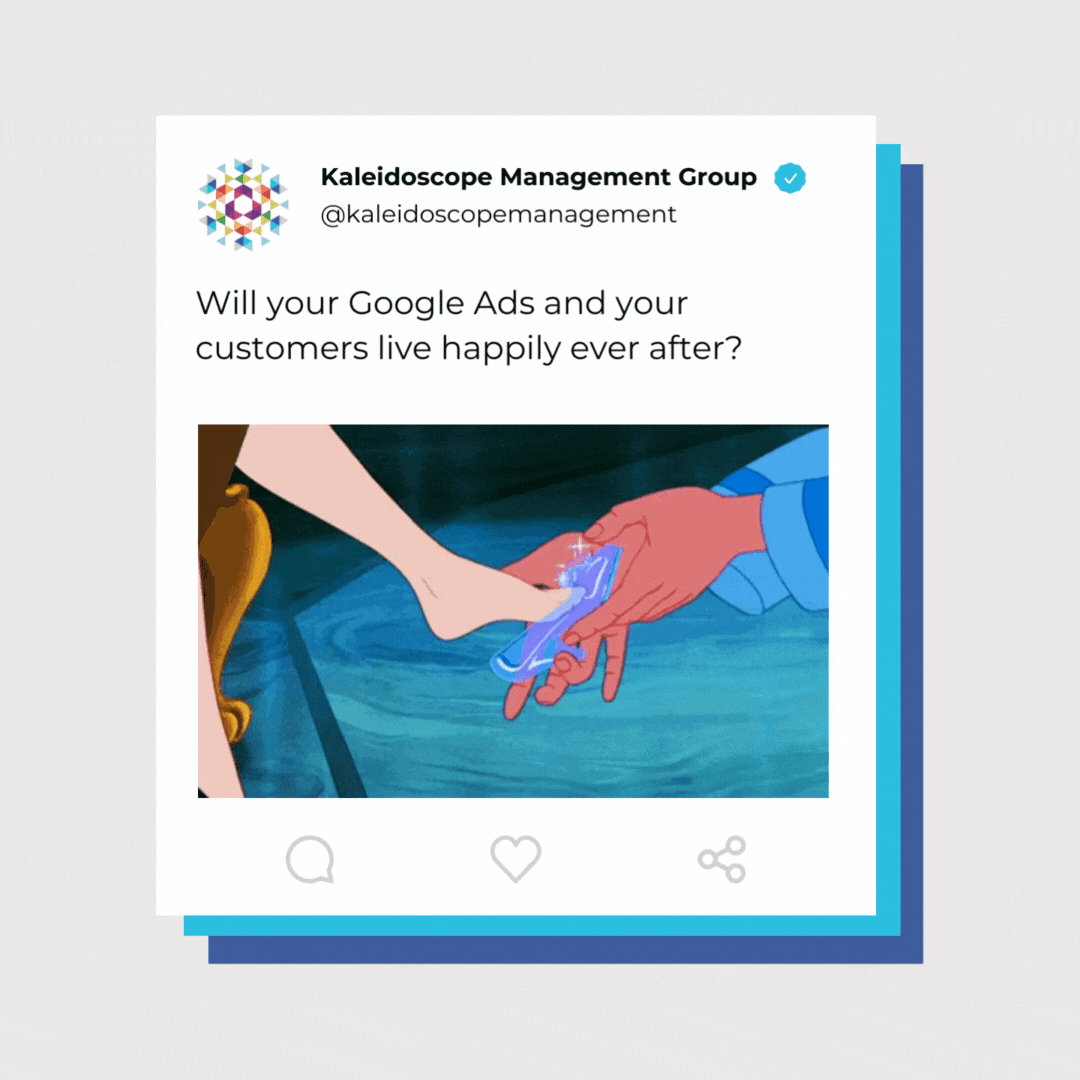Google Ads Are Not a One Size Fits All Love Story
◢
While some businesses and industries may be versatile and adaptable, there are often situations where customization or individualization is necessary to achieve the best results for ad spend. There are a number of things to consider when deciding if Google Ads is the right fit for your business.
Is there a need for your business’ product or service?
Google Ads are driven by intent. On Google, consumers are typically in the consideration phase of the customer's journey; they've already recognized their problem and are actively seeking a solution. If your business addresses a specific demand, Google Ads may be the ideal platform for your advertising efforts.
Is your product or service effectively marketed through text?
In contrast to various social media platforms, Google is primarily a text-based search platform with minimal emphasis on imagery. To excel on Google, your business must distinguish itself through the power of words. It may be wise to ask yourself, what are your most compelling Unique Selling Propositions (USPs)?
If your business's distinctive features can be succinctly conveyed in 30 characters or less and there is a demand for them, Google Ads might be the ideal channel for your marketing efforts.
How competitive is your industry?
A high level of competition often translates to elevated advertising costs. If your industry is dominated by major players investing substantial dollars in Google Ads or facing intense rivalry with numerous businesses bidding for the same keywords, advertising expenses tend to rise. Unlike Facebook and Instagram, where spending is determined by audience targeting, Google Ads rely on keyword selection. Through strategic keyword choices and bidding optimizations, your business can still achieve remarkable results using Google Ads.
Finding the right fit for a Google Ad is essential for effective engagement with your target audience.
Define Your Audience:
Understand your target audience's demographics, interests, and pain points.
Create buyer personas to have a clear picture of who your ideal customers are.
Set Clear Objectives:
Determine the purpose of your Google Ad. Are you trying to inform, entertain, inspire, or sell a product/service?
Set specific goals, such as increasing brand awareness, driving traffic to your website, or generating leads.
Craft Compelling Content:
Write a captivating headline or caption that grabs attention.
Keep your content concise and to the point.
Consider Timing:
Run your ads at times when your target audience is most active Google. This may require some trial and error to determine the best schedule.
A/B Testing:
Experiment with different variations of your content to see what resonates best with your audience.
Monitor Analytics:
Use Google Analytics tools to track the performance of your Google Ads.
Analyze metrics like engagement rate, reach, clicks, and conversions to assess the effectiveness of your ad content.
Adapt and Improve:
Based on the analytics data and feedback from your audience, refine your strategy.
Continuously learn from your successes and failures to create more effective ads in the future.
Love the tips but don't have the time? Connect with us and find out how we can help!
﹉

